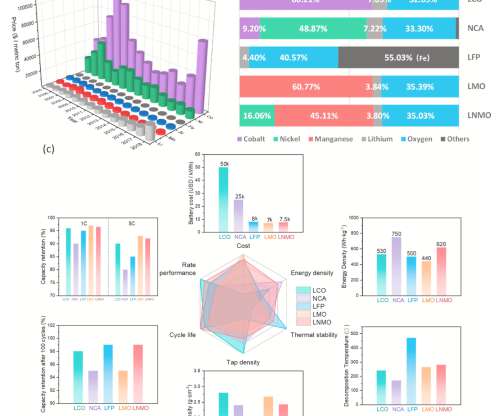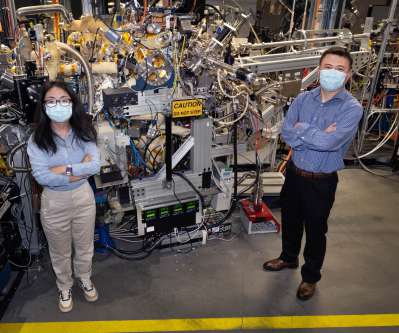New cobalt-free high-voltage spinel cathode material with high areal capacity
Green Car Congress
JULY 24, 2020
Advancing cathode materials with both high energy density and low cost have always been the main objective of battery material research. It should be noted, the cost and sustainability of lithium-ion batteries are not only limited by the production of Co and Ni but also potentially limited by the lithium element itself. …
















Let's personalize your content